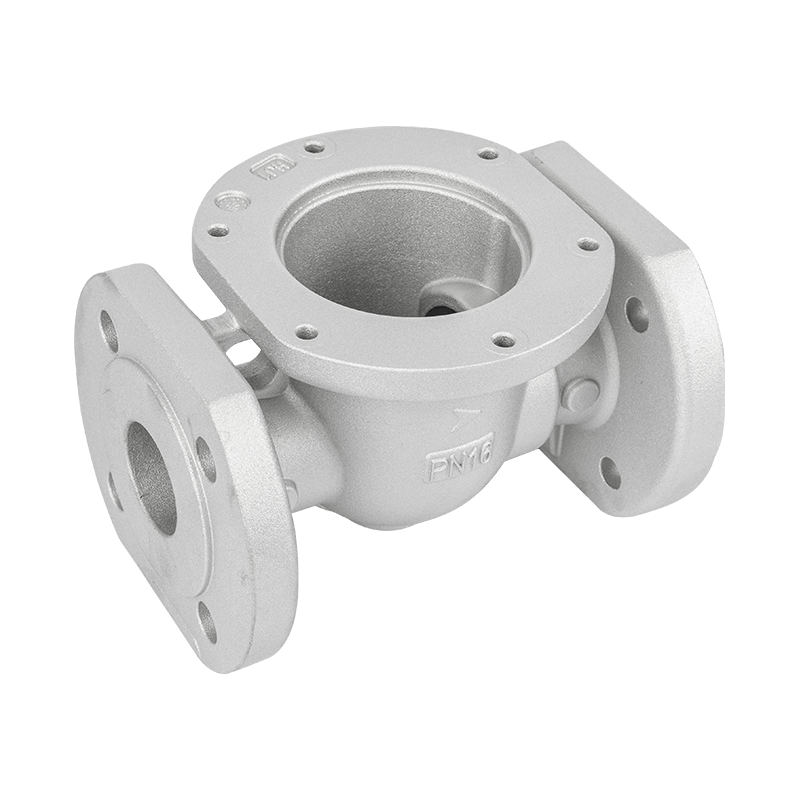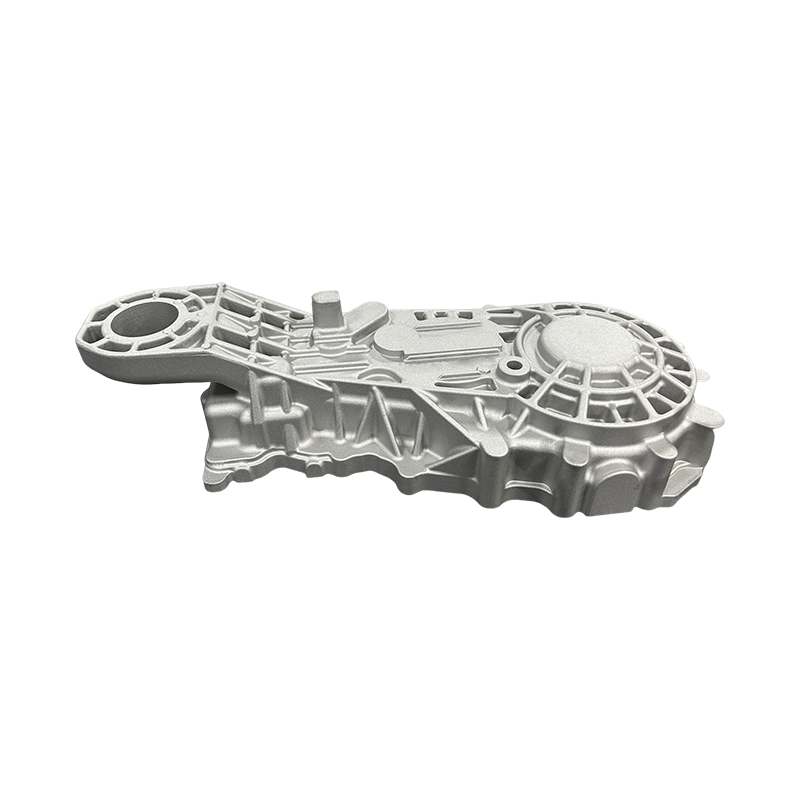Determining whether aluminum die-cast electric vehicle (EV) parts are more cost-effective than traditional manufacturing methods involves a comprehensive analysis of various factors. Let's delve into the considerations to understand the cost-effectiveness comparison:
Production Efficiency: Aluminum die-casting offers high production efficiency due to its ability to produce complex shapes in large volumes with minimal post-processing. This efficiency can lead to lower production costs compared to traditional methods like machining or forging, which may require multiple steps and longer processing times.
Material Costs: Aluminum, the primary material used in die-casting, is lightweight, readily available, and relatively cost-effective compared to other metals like steel or titanium. While initial material costs for aluminum may be lower, it's essential to consider factors such as alloy selection and material waste during the manufacturing process.
Tooling Expenses: The tooling costs associated with aluminum die-casting can be significant upfront but tend to decrease per unit as production volume increases. Traditional manufacturing methods may also require tooling, but the complexity of die-cast molds can influence overall tooling expenses.
Labor Costs: Labor costs play a crucial role in manufacturing, and the efficiency of the chosen method can impact labor expenses. Aluminum die-casting often requires less labor compared to traditional methods, as it involves automated processes for mold filling, cooling, and part ejection.
Design Complexity: Aluminum die-casting allows for intricate designs and complex geometries to be produced in a single operation, reducing the need for additional machining or assembly steps. Traditional methods may require multiple processes to achieve similar results, leading to higher costs associated with labor and tooling.
Quality and Consistency: Die-casting offers excellent dimensional accuracy and surface finish consistency, which can reduce scrap rates and rework compared to traditional methods. Higher quality parts may translate to lower overall costs due to reduced waste and improved product reliability.
Life Cycle Considerations: Evaluating the life cycle costs of aluminum die-cast EV parts involves analyzing factors such as durability, maintenance requirements, and end-of-life recycling. Aluminum's corrosion resistance and recyclability contribute to long-term cost savings and environmental benefits compared to materials like steel or plastics.
Volume and Scale: The cost-effectiveness of aluminum die-casting versus traditional methods may vary depending on production volume and scale. While die-casting is well-suited for high-volume manufacturing, traditional methods may offer advantages for low-volume or specialized applications.
In conclusion, while aluminum die-cast EV parts may have higher initial investments in tooling and setup, they can be more cost-effective in the long run due to factors such as production efficiency, material savings, labor reduction, design flexibility, and product quality. However, the cost-effectiveness comparison depends on specific project requirements, production volumes, and the desired balance between upfront investment and long-term savings.











